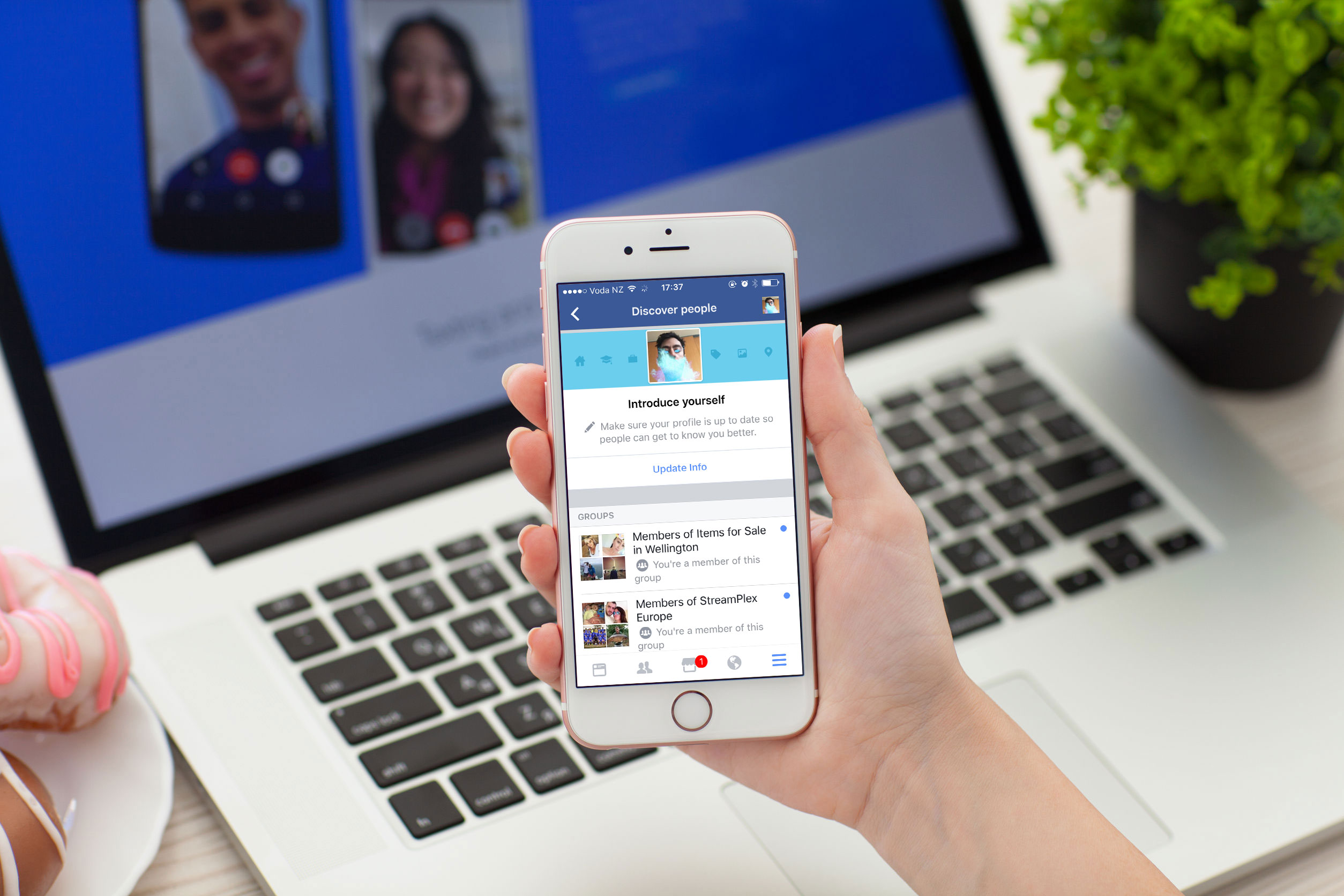Facebook alone, has more than 2 billion users. Think about that for a minute! That’s a user base that you could leverage to champion your social cause.
Now, you may not be able to win over FB’s entire user base. However, you could still find ways to educate, motivate and inspire people to support social change.
We started Jireh’s Hope for that very reason. We wanted to feature the great work that NGOs and social enterprises do all across Malaysia. In so doing, we wanted to inspire a new breed of change makers and entrepreneurs.
Given that a lot of content is consumed via social media, we reached out to Daryll Tan from OpenMinds Resources to advice us on how we could build our following. OpenMinds Resources is a social media marketing and analytics company that has partnered with brands like Sunway, Hallmark, etc. in Malaysia.
Here’s some advice he shared with us that could help you out especially if you’re just starting up.
1. Create a detailed profile of your audience.

Image Credit: 30 Leads 30 Days
This simply means that you have a generalised description of your ideal consumer. You’re aware of what they like, where they hang out online & offline, their pain points and most importantly – what they want.
The key to a good profile however is to make it as personal as possible. Give your profile a name, an age, and even a location. Add attributes to your profile that make it as relevant as possible.
Creating a detailed profile of your target audience will give you a better understanding of them, and it’ll help you better interact with them. You can then market your vision, and inspire them to support your sustainable initiative.
Once you have a good profile, you can then reach out to them with tailored content through their preferred platform.
2. Don’t jump on every single social media platform
When we first started Jireh’s Hope, we tried to get our content on as my platforms as possible. Looking back, it wasn’t the most effective strategy. However, we learnt something.

Image Credit: The Next Web
We realised that 97% of our traffic was primarily coming from Facebook. That’s something we now try to focus on. We share our content on groups, and we generally spend more time engaging our readers on FB.
“If it’s in Malaysia, Facebook and Instagram are still the most utilised platforms. However, take note that these 2 platforms function differently. Use FB for more information and education based content. Use IG for more behind-the-scenes, lifestyle, product-focused, people-focused showcase,” Daryll suggested.
“Besides that, utilising WhatsApp messages and sharing in groups can be effective in getting the news across to multiple groups of people.”
You can also consider tools like Buffer. They can help you schedule your content for different social media accounts. You can customise messages for each platform right within Buffer itself, and you could schedule them as you see fit.
3. As Gary Vee would say, “Respect the platform and it’s audience“

Image Credit: Tech Smith
People behave differently on Facebook as compared to Instagram. This is also true for other platforms like Linkedin, Twitter, Snapchat or even Pinterest.
You have to identify these differences within your audience across different platforms. You can then tailor your impact-driven message to engage them at different points.
You might have to pick different captions or images. You even have to look into the type of content you’re creating. Some platforms are more visual then others. This is something that you’re audience is already aware of. It’s also something you should be paying more attention to.
4. Have a good balance between organic & paid/sponsored materials.

Image Credit: Youth Village
While some people take pride in only building their audience organically. We believe that there’s no shame in paying for ads.
“Don’t be afraid to run campaigns and strategise on some ad buying. Have a good balance of organic and paid/sponsored materials. As S.Es and NGOs, always leverage on your community to tell the story for you. Always use your own personal profiles to proudly share your activities, events, causes, people, impact, etc.,” Daryll added.
“If you don’t know how to buy ads, please find someone who does. Get that person to actively setup and buy ads for 1 quarter. Learn from him/her and do it in-house after.”
At the end of the day, you have to be proactive and find out your audience is responding to. In general, this is what you have to keep in mind:
For postings: Always keep an updated content calendar so that you know what you’ll be posting on social media. Have a 2 weeks buffer just in case
For Ad buying: Always set your end goal, back engineer it to set a budget. Don’t forget to A/B test.
For online positioning: Write articles, get media portals to write/link your website, get friends to share your postings, create simple campaigns.
*Feature Image Credit: Whatshelp Blog

